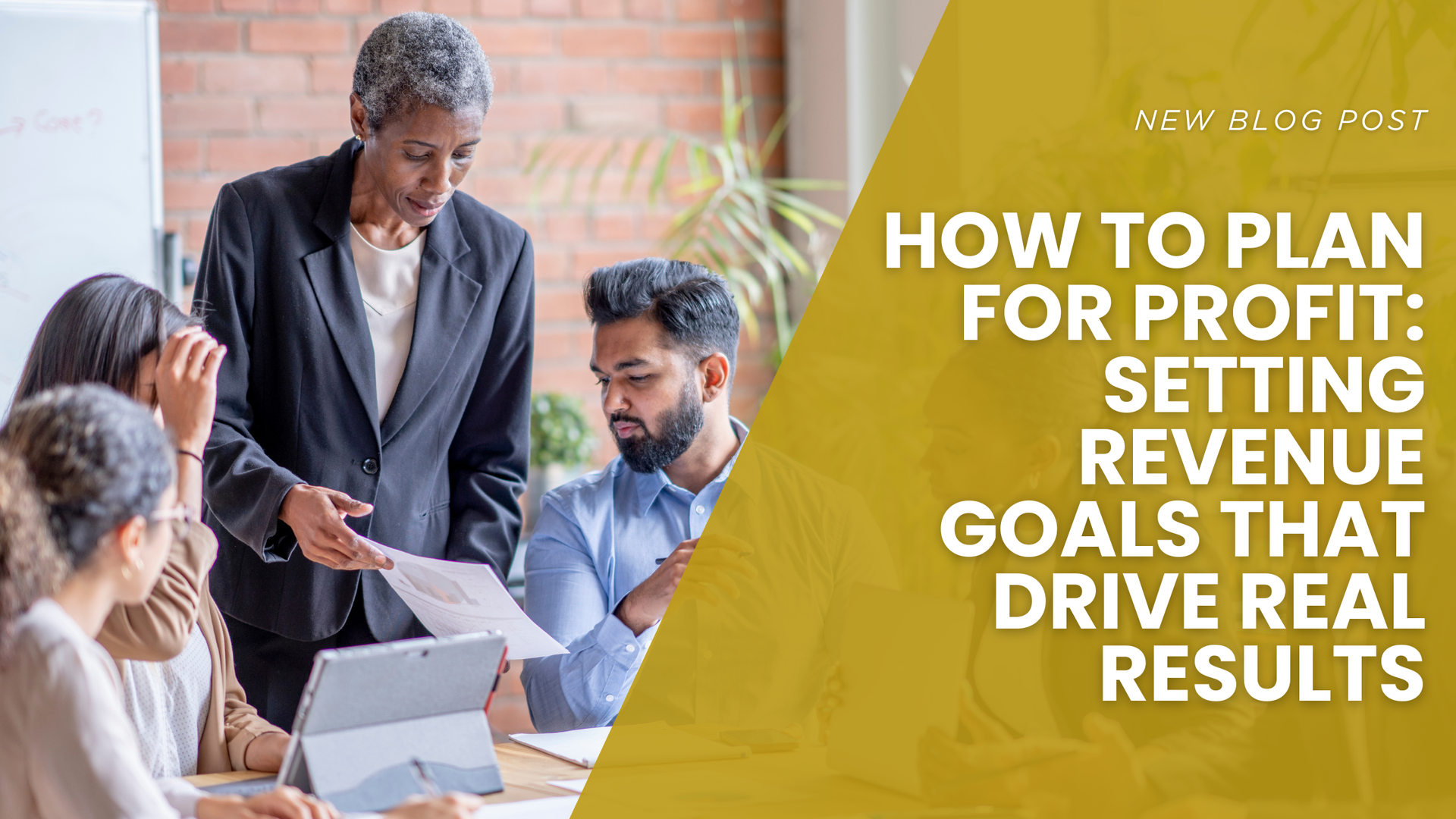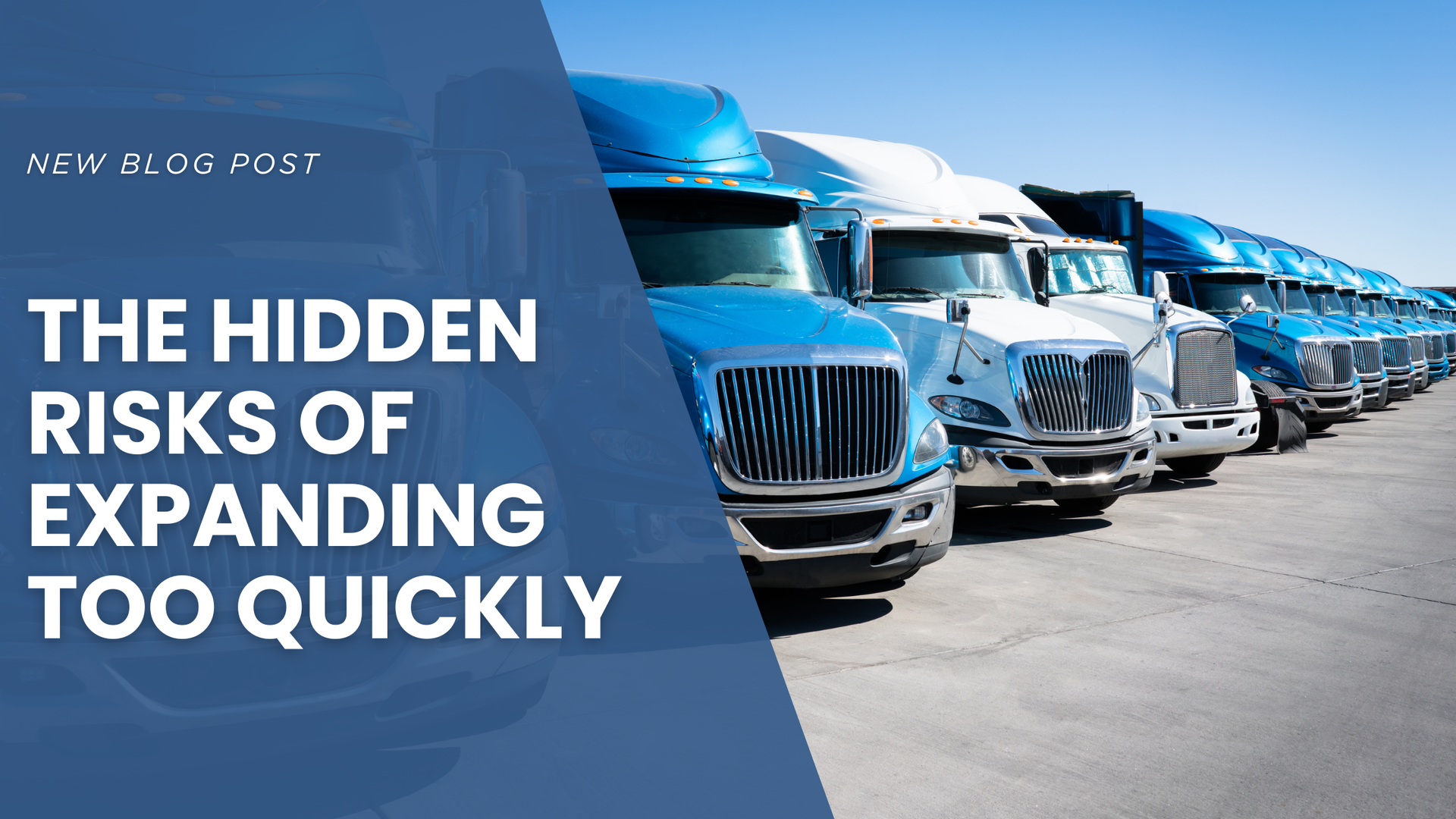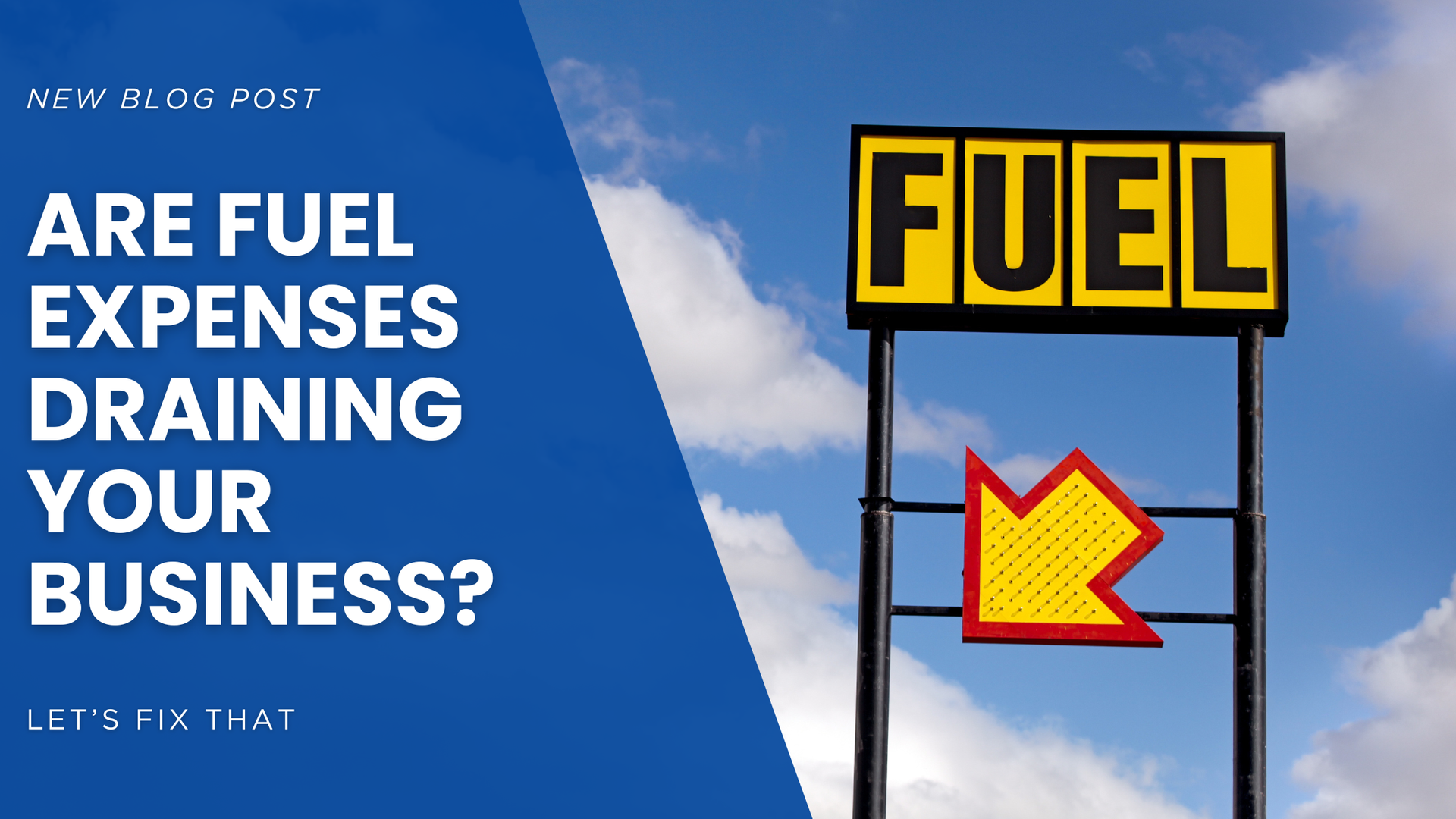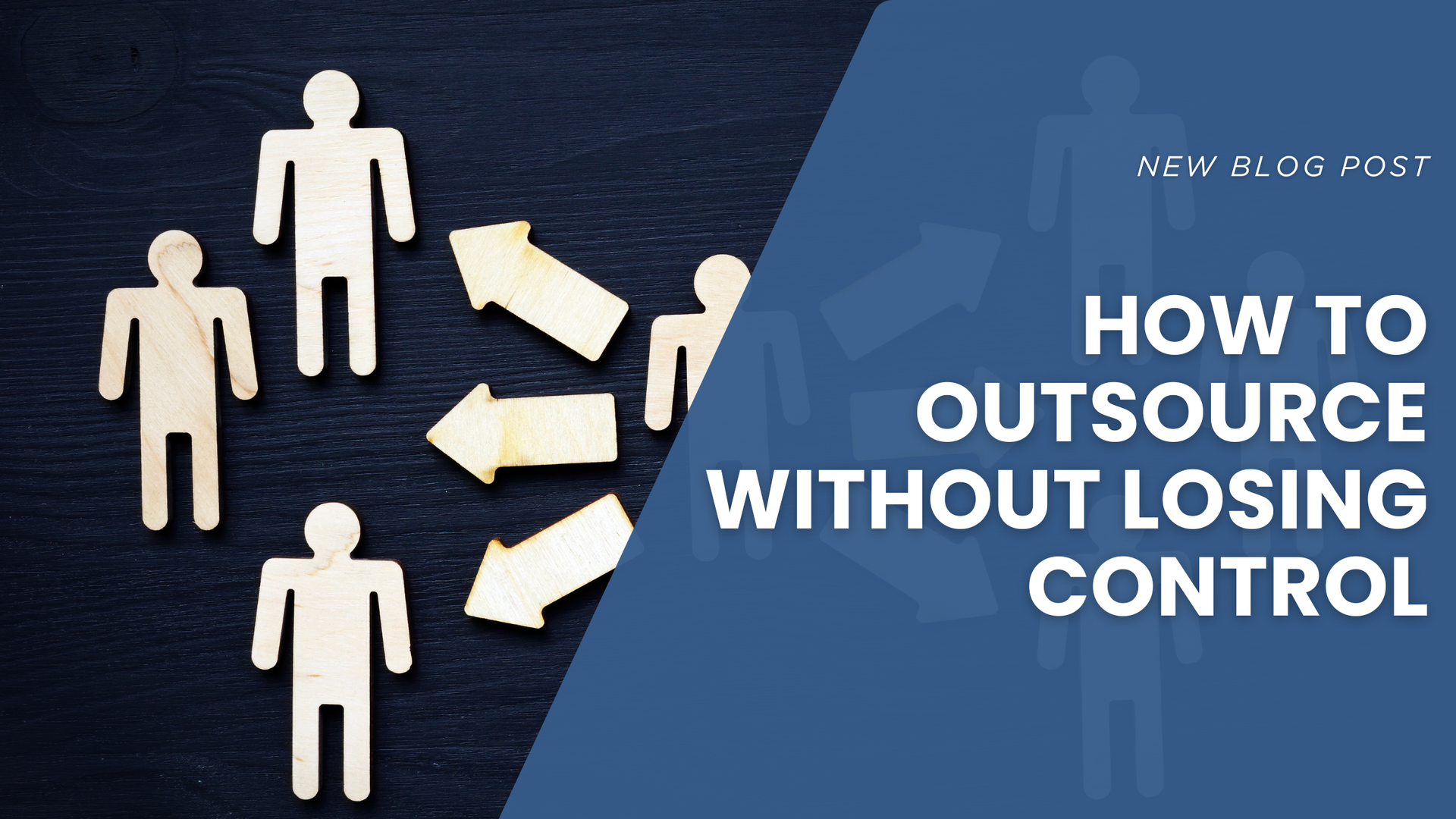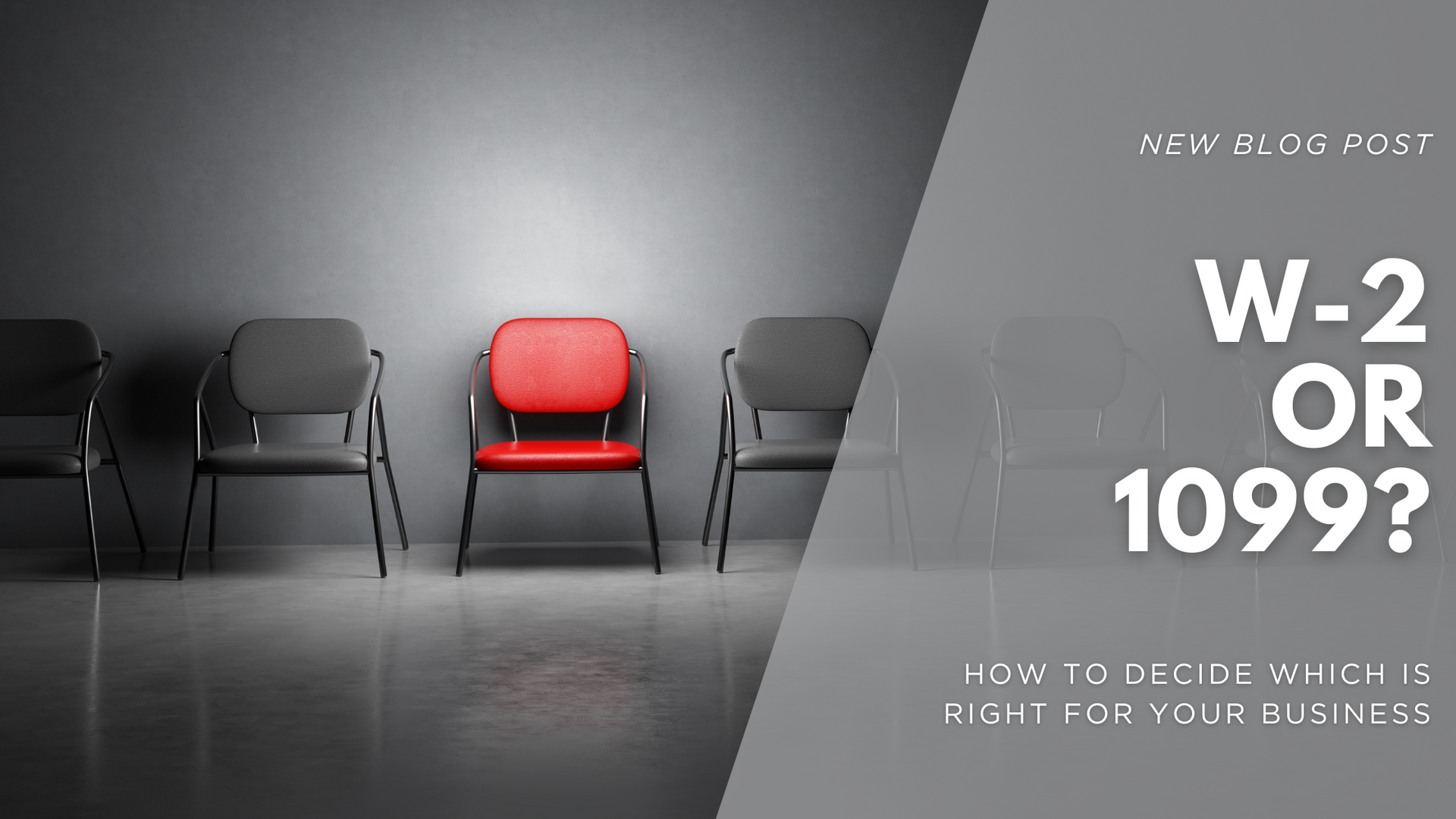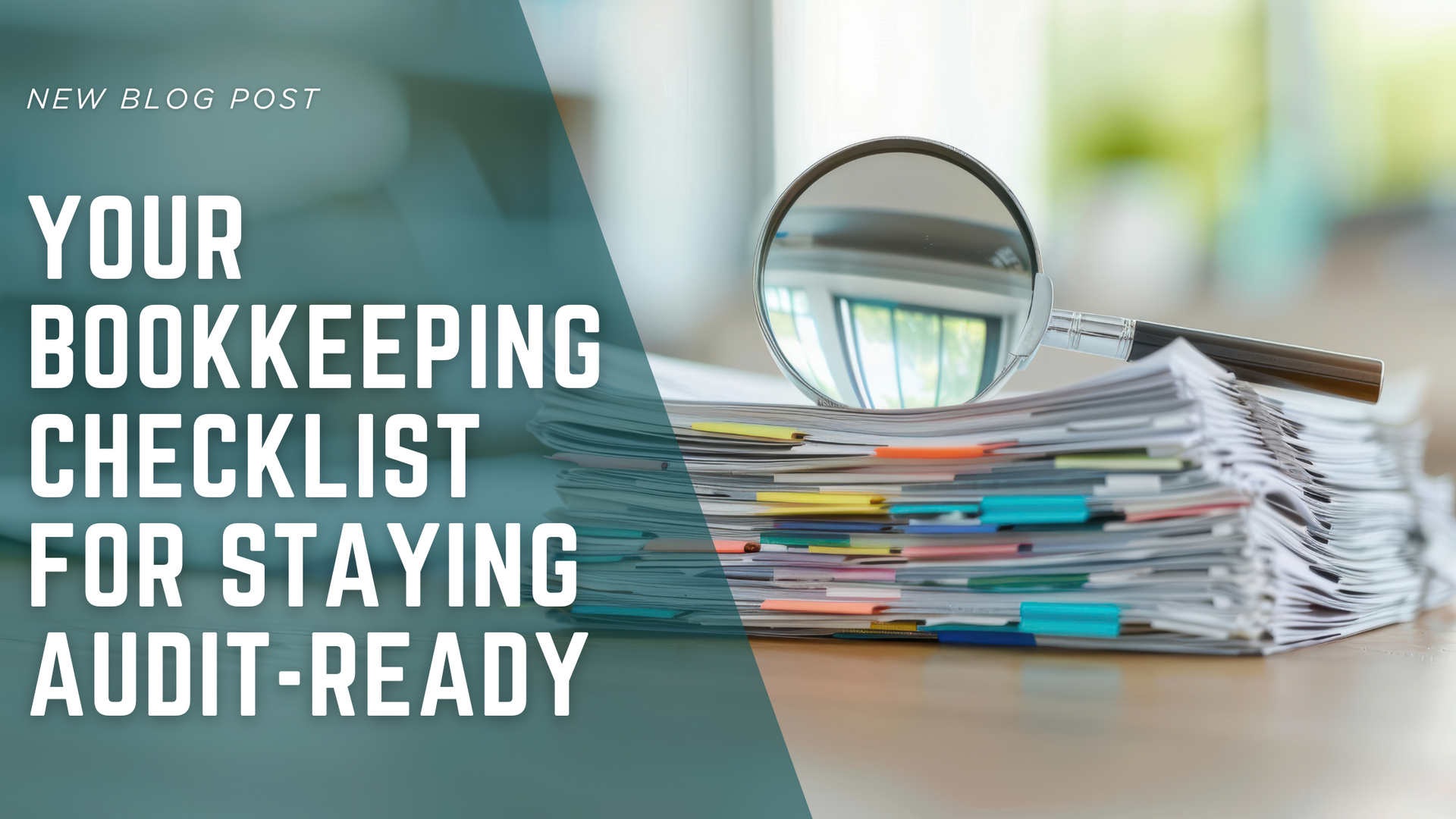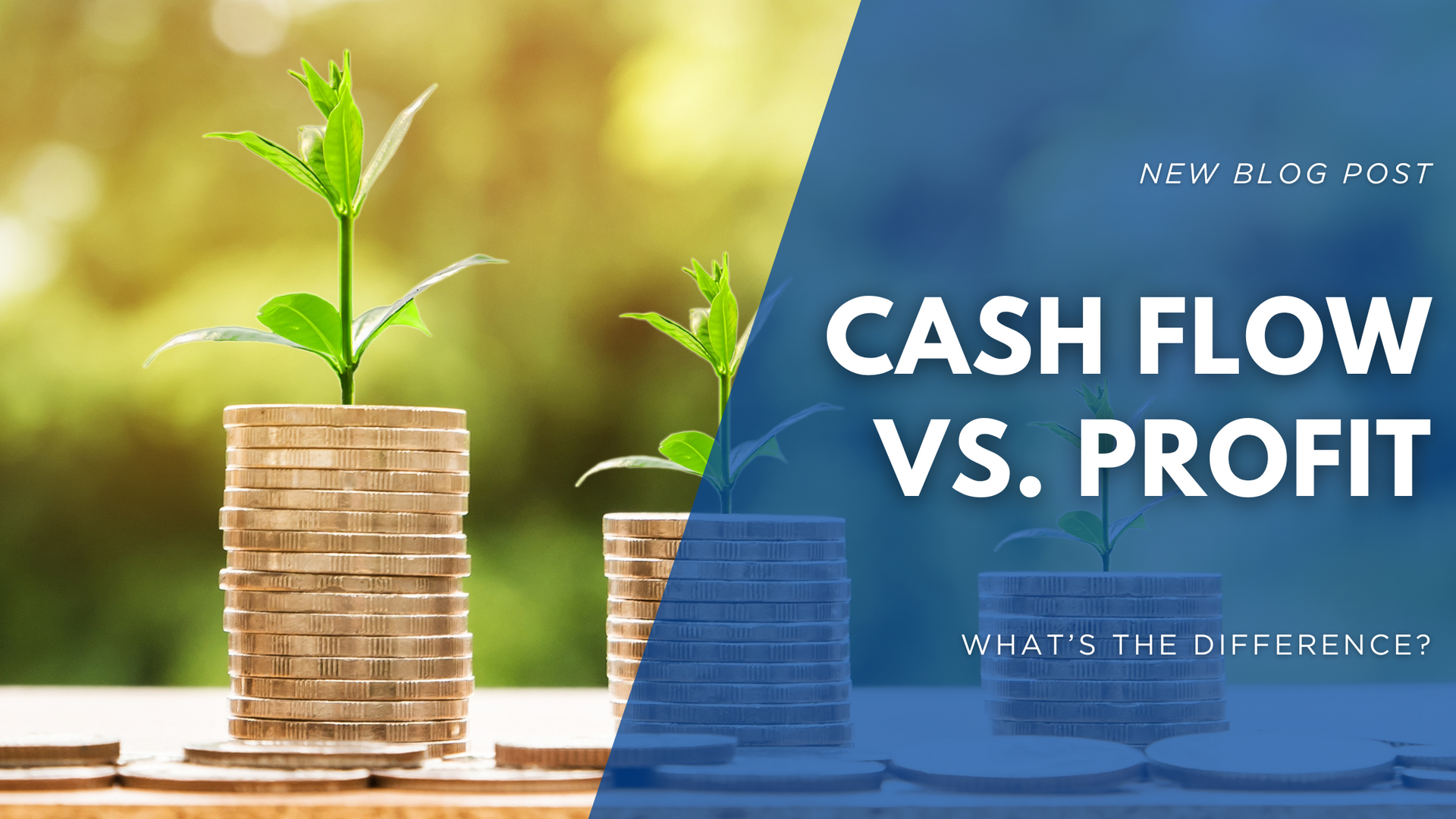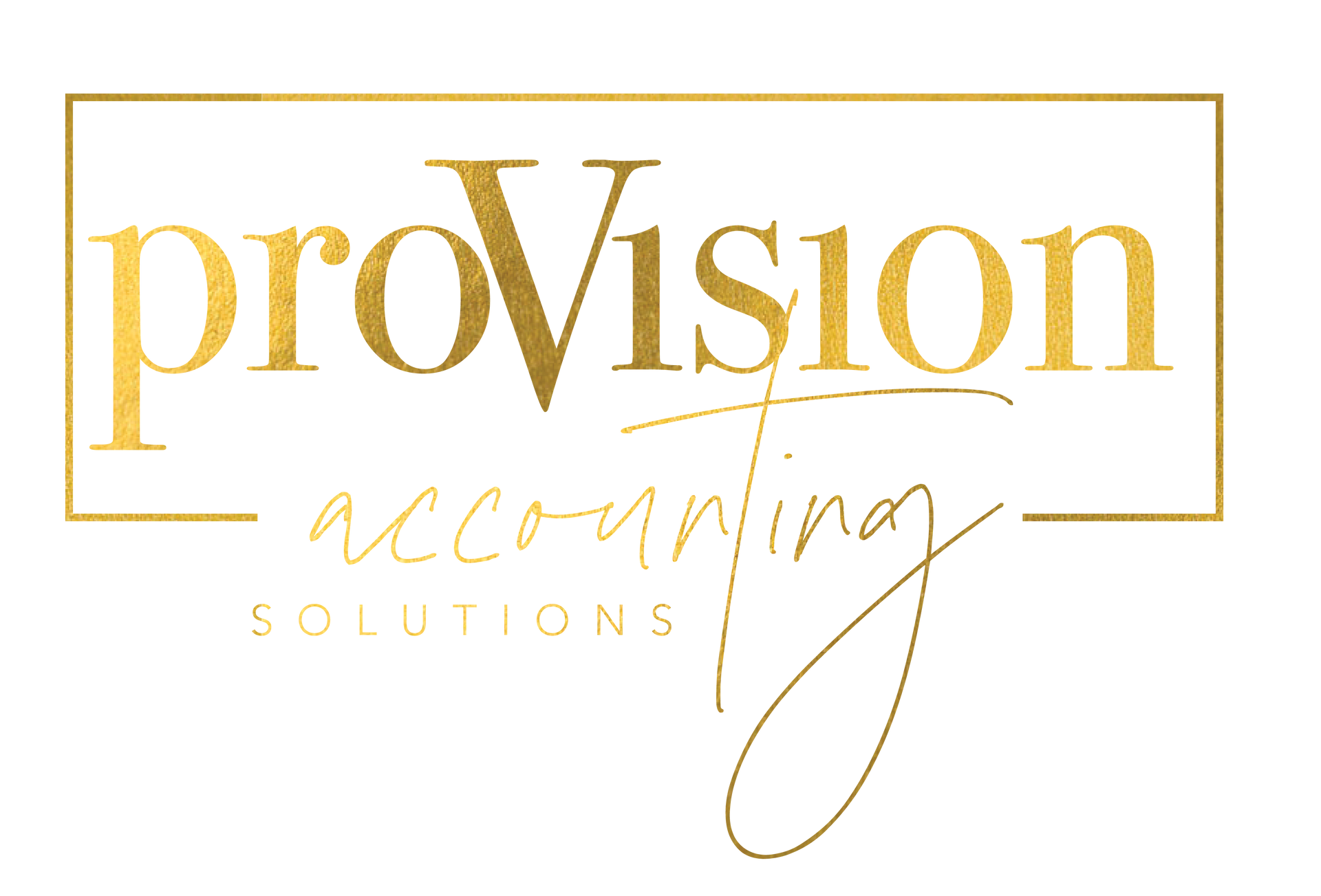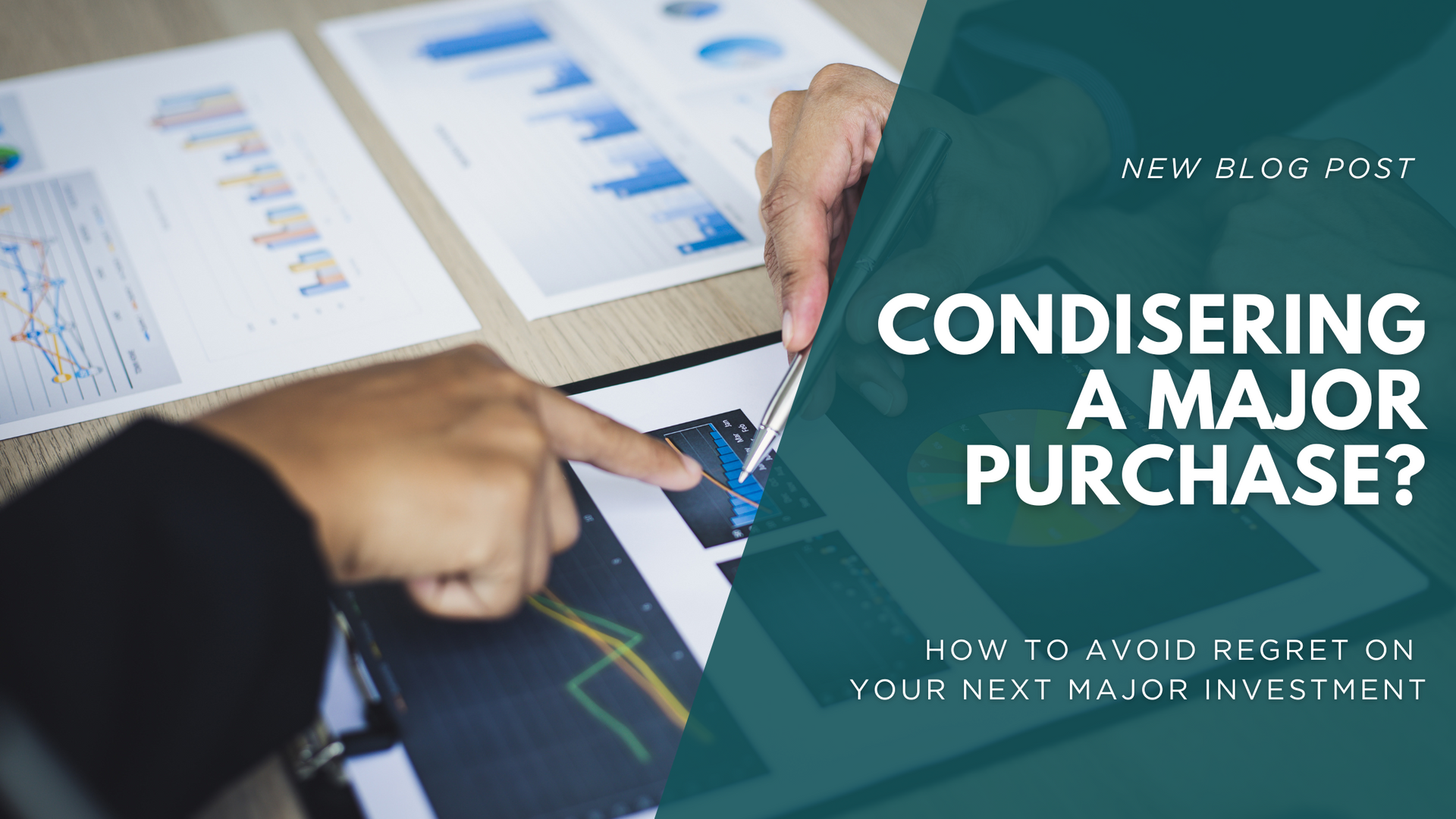
Will This Purchase Increase Revenue or Efficiency?
The best business investments either make you more money, save you money, or save you time. Before you commit to a large expense, look at it through this lens:
- Revenue impact – Will this purchase allow you to take on more clients, serve customers faster, or offer a new service?
- Efficiency gains – Will it cut down on manual work, speed up production, or reduce costly errors?
It’s important to be honest here. Sometimes a purchase feels good because it’s “new” or “better,” but if it doesn’t actually solve a problem or open up a clear opportunity, it may not be worth the cost.
Can Your Cash Flow Handle It?
A healthy bank balance doesn’t always mean you can afford something. Your cash flow — the timing of money coming in and going out — matters just as much.
If you’re paying upfront, will it leave you too tight to cover upcoming bills, payroll, or taxes? If you’re financing, have you factored in the true cost after interest and fees?
Even a small monthly payment can add pressure if your business experiences seasonal dips or unpredictable slowdowns. The goal is to ensure that this purchase won’t limit your ability to handle emergencies or invest in other opportunities later.
Have You Considered Timing and Value?
Sometimes, it’s not just about whether to buy, but when. Waiting even a few months can make a difference — you may find better deals, qualify for financing with better terms, or simply be in a stronger financial position.
You’ll also want to think about how long this asset will hold its value:
- Will it become outdated in two years?
- Is there a strong resale market if you no longer need it?
- Will it qualify for tax benefits like Section 179 or bonus depreciation?
Purchasing something that depreciates quickly without providing enough return can be one of the fastest ways to drain resources.
Think Beyond the Purchase Price
Major purchases often come with hidden costs — installation, training, maintenance, insurance, and even increased utility bills. For example, buying a new delivery truck might also mean higher insurance premiums, fuel costs, and maintenance expenses.
It’s important to calculate the total cost of ownership instead of just the sticker price. This will give you a realistic picture of what the purchase will cost you over time.
Factor in the “Opportunity Cost”
Every dollar you spend is a dollar you can’t use elsewhere. This is known as opportunity cost.
If you spend $50,000 on new equipment today, that’s $50,000 you won’t have for marketing, hiring, or paying down debt.
Sometimes the better move is to delay a purchase so you can use your funds for a more urgent or profitable investment.
Are You Prepared to Make That Major Purchase?
Big purchases can absolutely be worth it — they can make your business more efficient, open new income streams, and improve your ability to serve customers. But they’re not automatically the right choice just because you can afford them.
By slowing down, asking the right questions, and looking beyond the sticker price, you’ll put yourself in a position to make smart investments that truly move your business forward.
